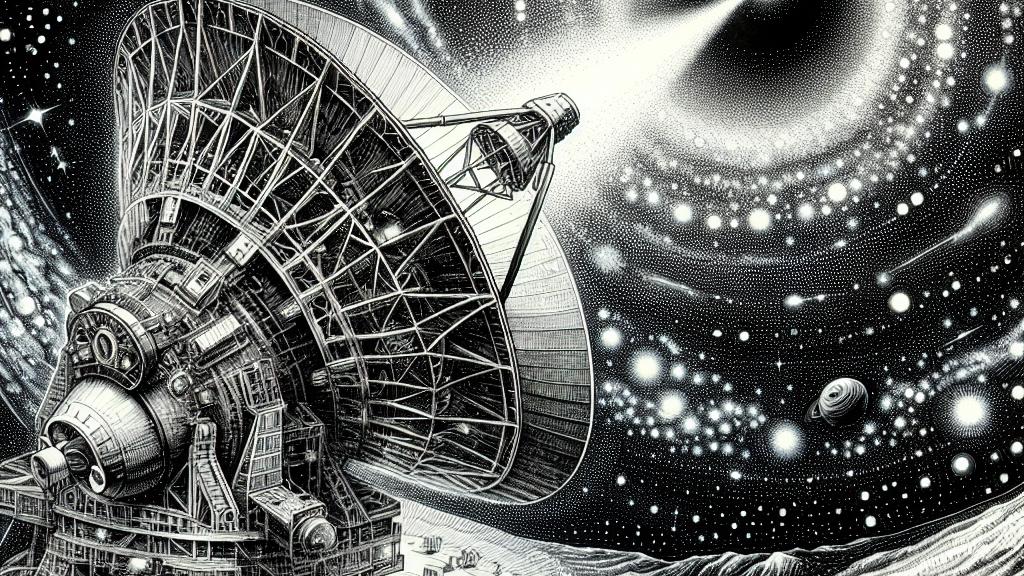Discover Amazing Findings of the James Webb Telescope
Overview
- In just three years, the James Webb Space Telescope (JWST) has transformed our understanding of the universe.
- It has uncovered dazzling bright and blue early galaxies, challenging everything we thought we knew.
- JWST's groundbreaking discoveries about cosmic chemistry and galaxy formation are redefining astronomy.

The Launch and Impact of JWST
Picture this: it was December 2021, and the world was buzzing with excitement as the James Webb Space Telescope (JWST) soared into the cosmos, a feat that took over 30 years of preparation. This isn’t just a telescope; it’s a revolutionary instrument designed to unlock the secrets of the universe. Its unique location in space allows it to escape the interference of Earth’s atmosphere, making it the perfect eye to observe distant galaxies and stars. Imagine being able to look back in time and witness the universe as it was billions of years ago—JWST does just that! It’s like opening a new chapter in the cosmic history book.
Unveiling Early Galaxies
One of the jaw-dropping discoveries made by JWST is its ability to uncover galaxies that existed when the universe was only 300 million years old! Instead of appearing dull and dusty, these ancient galaxies shine with a brilliant blue hue. Can you believe that? This unexpected revelation has sparked numerous questions among scientists: How did these galaxies form so quickly and without the usual accumulation of dust? Are they hosting energetic star formations that outshine our own Milky Way? Each finding from JWST opens the door to thrilling debates and new theories, propelling us further into the mysteries of cosmic evolution.
Strange Chemistry of the Universe
As if that weren't amazing enough, JWST has also revealed astonishing insights into the chemistry of early galaxies. Imagine the universe starting with just hydrogen and helium, the simplest elements. But JWST detected an unexpected surge of nitrogen in these galaxies, significantly altering our comprehension of stellar development. This anomaly leads to a cascade of questions: What processes were at play in the early universe that allowed for such a mix? The revelations from JWST compel us to rethink our existing models and integrate new components into our understanding of cosmic chemistry. It’s akin to discovering a surprise ingredient in your favorite recipe!
Ending the Cosmic Dark Ages
Furthermore, JWST provides a fascinating glimpse into the so-called cosmic dark ages—a time shrouded in mystery and low visibility. With its remarkable ability to peer deeply into space, JWST uses massive galaxy clusters as natural lenses, uncovering an astonishing number of faint galaxies. These tiny, subtle beacons of light may have played a critical role in bringing an end to this era, allowing the universe to flourish and expand. Imagine the thrill of learning that these small galaxies, often overlooked, were essential in transforming darkness into vibrant light! Each new discovery by JWST not only adds layers to our scientific knowledge but also evokes a sense of wonder about our universe's grand tapestry.

Loading...